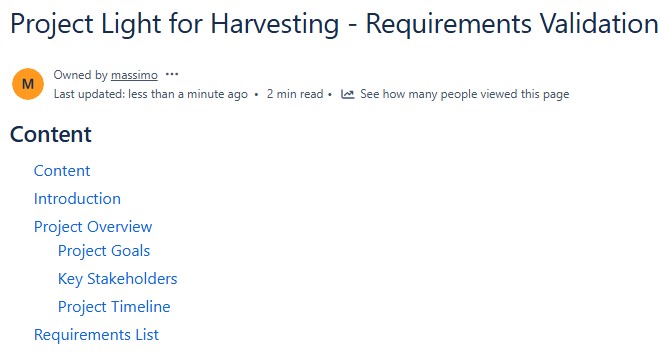Debugging in software testing is the process of finding the root cause of a failure and fixing it. It goes beyond simply knowing something went wrong — it’s about understanding why. In this article, I’ll explain how debugging fits into the development cycle, how it connects with testing, and why both are essential for quality. Although testing detects issues and debugging resolves them, they work best together to ensure clean, reliable, and high-performing software every time.
Testing in Software Development
When I test software, I’m not just clicking buttons to see what happens. I’m checking specific characteristics of the software—some are visible, others are behind the scenes. These characteristics might be physical, functional, or even behavioral. Each one helps define how well the software performs.

To test properly, I follow a clear and structured process. This includes defining the goal, choosing the method, executing the test, and evaluating the result. Every test aims to check whether a certain condition or feature is present and working as expected. If it is, great! If it’s not, we’ve found a failure.
Let me break that down even more. A test involves:
- An objective: What I want to check.
- A method: How I plan to check it.
- An activity: The execution of that method.
- A result: Whether the expected outcome is present or not.
When the result doesn’t match expectations, I know there’s a problem. That’s what we call a failure. And failures usually happen because something in the code—called a defect—isn’t working right. This is where debugging comes in.
Debugging in Software Testing
Now that we’ve defined debugging as the act of finding and fixing the cause of a failure, let’s go deeper. Debugging in software testing is not part of testing itself. Instead, it follows testing. Testing reveals the symptoms; debugging uncovers the disease.
Here’s what typically happens:
- I run a test and find a failure.
- I examine the behavior of the software.
- I dig into the code to discover what caused the problem.
- I fix that exact issue.
- I test again to confirm the fix.
This is debugging in action. And I love how it turns mystery into clarity. Debugging transforms vague errors into precise solutions.
Sometimes the cause is simple, like a typo. Other times, it’s a deeper issue, like flawed logic or missing conditions. Regardless of the size of the problem, I always follow the same structured thinking to find and eliminate the root cause.
Although debugging isn’t part of testing, it relies on it heavily. Good tests provide clear information. They show me where to look. Without solid tests, debugging becomes guesswork. And guesswork wastes time.
Furthermore, debugging isn’t a one-time task. It’s continuous. As long as I write code and test features, I’ll keep finding bugs. And as long as I find bugs, I’ll keep debugging. This cycle repeats with every sprint, every release, every update.
Because of this cycle, I see debugging as an essential skill. It helps me build clean, reliable code. It supports quality at every stage of development. And most importantly, it gives me the confidence that the software will behave as intended.
Final Thoughts
Debugging in software testing goes far beyond just fixing errors. It’s a critical process that turns test failures into successful outcomes. While it may not officially belong to the testing phase, debugging connects testing and development in a powerful way.
Through effective debugging, I improve code quality, save time, and ensure the user experience remains smooth. And although debugging in software testing might seem like a behind-the-scenes task, it’s actually one of the most impactful parts of creating great software.
So next time a test fails, I won’t panic. I’ll debug. And I’ll come out the other side with better software—and a clearer mind.
What’s Next?!
Now that you understand how debugging in software testing helps uncover and fix hidden issues, it’s time to explore how different testing approaches shape this process. The way you plan and execute tests can change everything. Curious which method fits your workflow best? Continue reading my next article — Waterfall vs. Agile Testing: Which One Fits Your Project Best? — and discover how each approach influences debugging, flexibility, and overall software quality.
Credits: Photo by MART PRODUCTION from Pexels
| Read more about Jira |
|---|
| Why Should I Use Jira? The Advantages of Using Jira: A Game Changer for Teams How Do Confluence and Jira Differ? How to Create a New View in a Jira Project |




